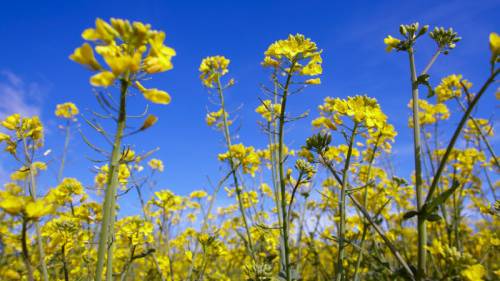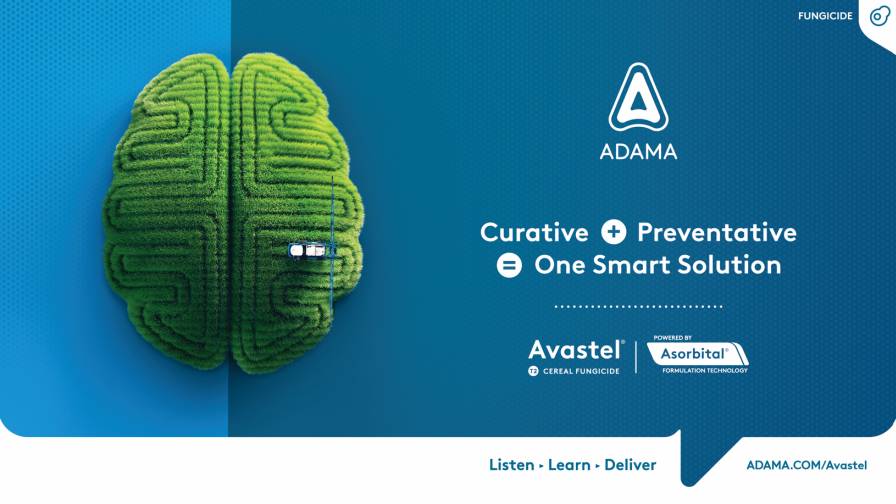A Look at the Biological M&A Market: Industry Expert CS Liew Discusses What Makes This Segment So Appealing

We reached out to CS Liew, Managing Director of Singapore-based Pacific Agriscience, a veteran of the industry and member of the Agribusiness Global Advisory Board, to get his perspective on a spate of mega mergers that happened five years ago and the effects on the current industry.
In a three-part series, Liew, who has consulted on several mergers and acquisitions over the years, shares his insights on what makes a merger work and finally what to expect for the biological market.
In the first set of videos, Liew discussed the recent past and near future mergers and acquisitions. In part two we looked at evaluating the success of those activities. With this final entry, we focus on biological companies and what makes them attractive for acquisition.
ABG: Do you expect the rapid growth of biological products that we’ve seen the past several years to continue?
CSL: Absolutely!
Both biostimulants and biopesticides have double-digit CAGR prevailing. The Farm to Fork framework of the “European Green Deal” whereby they aim to reduce chemical pesticide usage by 50% by 2030 and at the same time reduce chemical fertilizers usage by 20%, is a significant driver of the continued growth.
The LATAM region is exporting more fresh produce to North America. African countries are doing the same for European consumers. The importers have zero tolerance for chemical pesticide residues and hence ensure that the farmers have to reduce their usage of chemical pesticides and hence increase the use of biological products and solutions.
ABG: You mentioned there are no (or very few) large (more than $100 million US) biological companies. Will there be and what would it take?
CSL: Science! More science and more R&D will drive product discovery and development. This in turn feeds and drives the market growth as mentioned earlier. In conjunction with that, clearer and more appropriate product registration pathways for biologicals will lead to several more companies in this sector hitting the $100 million annual sales turnover over the next 5 to 10 years.
Mergers and acquisitions within this sector over the next few years will also be a significant factor to drive the growth in sales turnover of the merged companies.
Funding R&D in this sector, whether by strategic investors or by investment funds, will also be major drivers of growth in the number of companies hitting the $100 million sales turnover mark.
ABG: Do you see a time where the biological companies start M&A activity among themselves or is that already happening?
CSL: Yes, indeed!
As I mentioned earlier, there will be significant M&A activities in this sector. It will be mostly larger and cash-rich strategic investors, meaning major agchem companies that are already actively working on biological pesticides that will take over start-ups as well as those with a few years of good track record. Start-ups with promising technologies and products but short of resources to go global or to tackle registration and market development costs will be prime targets.






